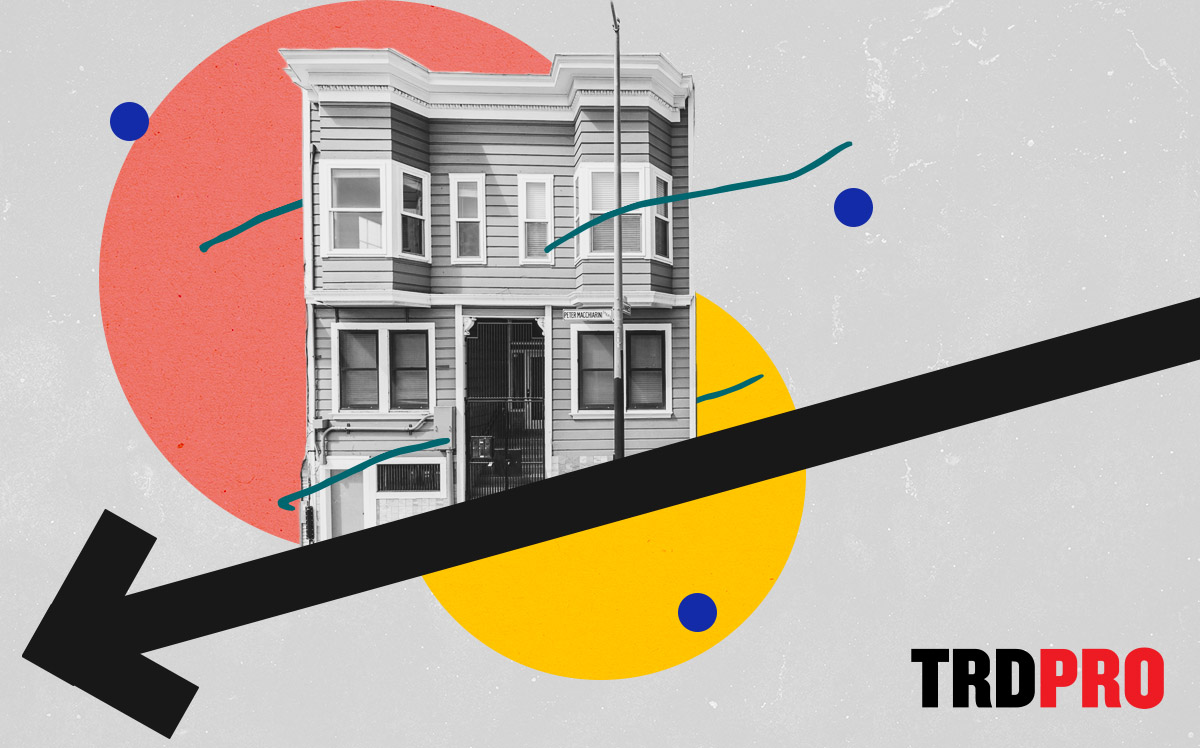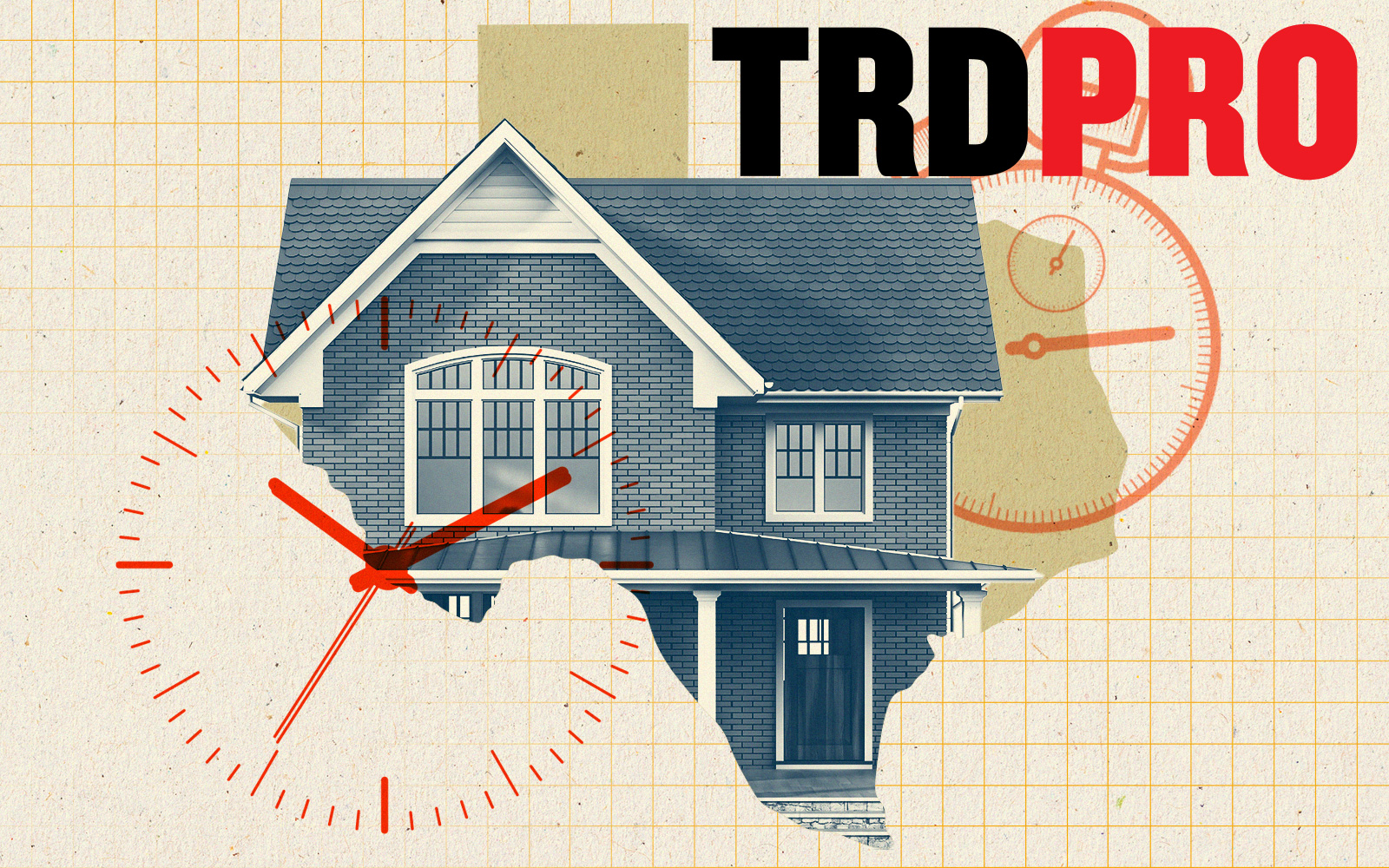For those who predicted the U.S. housing market would not crash but gradually cool after its pandemic frenzy, everything is proceeding as they have foreseen.
Prices increased 5.8 percent year-over-year in December, according to the S&P CoreLogic Case-Shiller U.S. National Home Price Index released Tuesday. In other words, prices were still higher than they were a year ago, but growth has slowed for six consecutive months.
In November, for instance, year-over-year home prices were up 7.6 percent. The deceleration could encourage more buyers to enter the market, although they’ll still have to accept that mortgage rates won’t be falling back to 3 percent any time soon.
Miami posted the biggest year-over-year gain in December prices, 15.9 percent. Tampa placed second at 13.9 percent, followed by Atlanta with a 10.4 percent jump. Prices are declining year-to-year in some cities, including San Francisco, which recorded a 4.2 percent decline in December.
The Southeast (12.5 percent) and South (11.6 percent) recorded the strongest price growth among regions, all of which saw some level of annual gains.
For the year, the index recorded a 5.8 percent increase, roughly right in the middle of its performance history of 35 years. In 2021, the index posted an 18.9 percent increase, the high watermark of its long history.
The more than doubling of mortgage rates from their nadir factored into the easing of price growth at the end of last year.
On a month-to-month basis, prices have actually dropped, albeit slightly. The national index, which covers all nine census divisions in the U.S., fell a seasonally adjusted 0.3 percent from November to December. And all 20 cities in a separate Case-Shiller index had declines.
Home prices could continue to weaken, given the macroeconomic environment, Craig Lazzara, managing director at S&P DJI, said in a release. Recession fears and higher interest rates could affect buyers.
The Case Shiller 10-city composite rose by 4.4 percent on an annual basis, less than the 6.3 percent growth recorded in November. The 20-city composite, meanwhile, rose by 4.6 percent, after November’s 6.8 percent.
Read more



